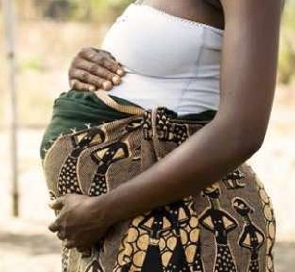The Zimbabwe National Family Planning Council (ZNFPC) is escalating efforts to halve the country's teenage pregnancy rate from 24% to 12% by end of this year.
This envisaged goal will come at the backdrop of an envisaged successful roll-out of the Zimbabwe National Family Planning Costed Implementation Plan (ZNFPCIP).
The blueprint translates the nation's strategy 2016-2020 into a result-based and actionable costed plan to guide intervention programming, resource mobilisation and allocation, and performance measurement.
ZNFPC sister-in-charge for Mashonaland West, Christopher Katanda, told NewZimbabwe.com recently that teenage pregnancies remained a huge challenge, particularly in rural areas where there is low uptake of contraceptives among young and unmarried sexually active women.
"This has contributed to the high prevalence of teenage pregnancies, therefore, there is need for demand creation for contraceptives as we push to reduce the teenage pregnancy rate from 24 to 12 per cent by end of 2020," said Katanda.
Journalists attending a recent ZNFPC media engagement meeting, raised fears of an upsurge in unwanted teen pregnancies in light of the prevailing Covid-19 pandemic, which has seen most youths redundant and exposed to mischief.
According to the ZNFPCIP, Zimbabwe seeks to increase, among its key populations, knowledge of long-acting and permanent family planning methods among all women and men from 46 to 51% by 2020.
Long-acting and reversible contraceptives include implants and intrauterine contraceptive devices (IUCDs), while permanent methods include male and female sterilisation.
ZNFPC targets to avert over 3 million unwanted pregnancies, cut in excess of 900,000 abortions, supress 7,000 maternal deaths and avoid 33,000 child deaths by end of this year (2020).
According to the last population census, Zimbabwe has an estimated 15 million people and is projected to reach 19, 3 million by 2032, based on the country's total fertility rate which is higher among poor less-educated rural women.
This demographic group averages five births per woman.
Family planning is vital in a country's development as it informs government budgeting of key resources, policy formulation and implementation aimed at improved livelihoods of families and communities.
Africa News of Monday, 27 July 2020
Source: allafrica.com

















